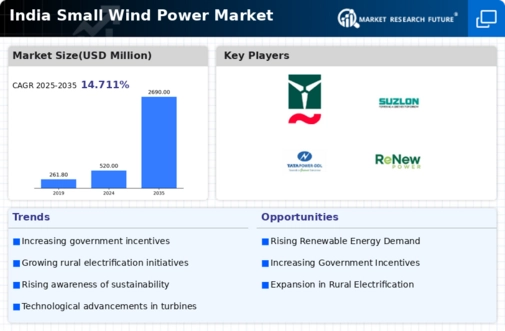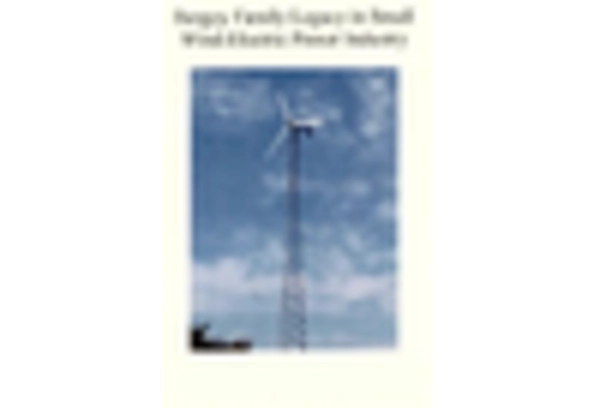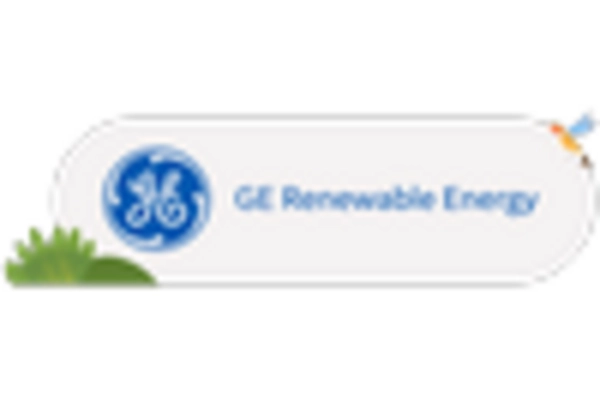Rising Energy Demand
The increasing energy demand in India is a crucial driver for the small wind-power market. As urbanization accelerates and the population grows, the need for sustainable energy sources becomes more pressing. The small wind-power market is positioned to meet this demand, particularly in rural and semi-urban areas where grid connectivity is limited. According to recent estimates, India's energy consumption is projected to grow by approximately 4.5% annually, necessitating alternative energy solutions. This growth presents an opportunity for small wind systems, which can be deployed quickly and efficiently. Furthermore, the small wind-power market can contribute to energy security by diversifying the energy mix, reducing reliance on fossil fuels, and promoting local energy generation.
Environmental Concerns
Environmental concerns are increasingly influencing the small wind-power market in India. With climate change and pollution becoming critical issues, there is a growing emphasis on renewable energy sources. The small wind-power market offers a clean alternative to traditional energy generation methods, which often rely on coal and other fossil fuels. The Indian government has set ambitious targets to reduce carbon emissions, aiming for a 33-35% reduction by 2030 from 2005 levels. This regulatory environment encourages investments in renewable technologies, including small wind systems. Additionally, the small wind-power market aligns with the global shift towards sustainability, appealing to environmentally conscious consumers and businesses alike.
Technological Innovations
Technological innovations play a pivotal role in shaping the small wind-power market in India. Advances in turbine design, materials, and energy storage solutions have enhanced the efficiency and reliability of small wind systems. For instance, the development of vertical-axis wind turbines has made it feasible to harness wind energy in urban settings where space is limited. Furthermore, improvements in battery technology allow for better energy storage, making small wind systems more viable for off-grid applications. The small wind-power market is likely to benefit from these innovations, as they can lead to lower installation costs and improved performance, thereby attracting more consumers and businesses to adopt wind energy solutions.
Policy Support and Regulation
Policy support and regulation are vital drivers for the small wind-power market in India. The government has implemented various policies aimed at promoting renewable energy, including feed-in tariffs and tax incentives for small wind projects. These measures are designed to encourage investment and facilitate the growth of the small wind-power market. Additionally, the Ministry of New and Renewable Energy (MNRE) has established guidelines to streamline the approval process for small wind projects, making it easier for developers to enter the market. As a result, the small wind-power market is experiencing increased interest from both private and public sectors, which is essential for achieving India's renewable energy targets.
Rural Development Initiatives
Rural development initiatives are significantly impacting the small wind-power market in India. The government has recognized the potential of renewable energy to drive economic growth in rural areas. Small wind systems can provide reliable electricity to remote communities, enhancing quality of life and enabling local businesses to thrive. Programs aimed at rural electrification often include provisions for renewable energy solutions, thereby creating a conducive environment for the small wind-power market. Furthermore, the integration of small wind systems into rural development strategies can lead to job creation and skill development, fostering a sustainable economic model that benefits local populations.

















Leave a Comment